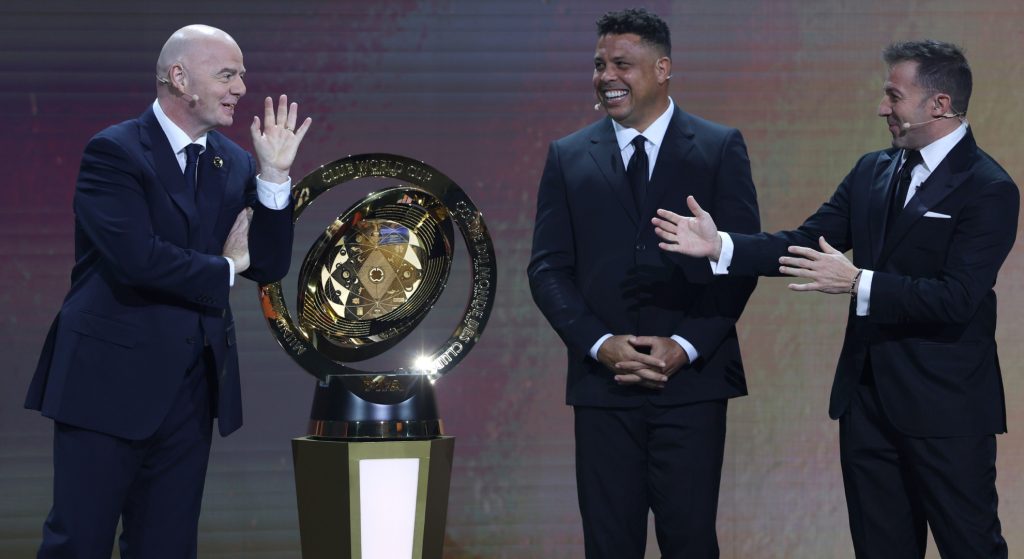Following the relaunch of the FIFA Club World Cup, it brought about a major change to the Intercontinental Cup that has fans confused. So we talked about the key differences between the two competitions.
FIFA president Gianni Infantino proposed the expansion of the Club World Cup at the end of 2016. The idea was to increase the number of teams from six to 32, which has now become a reality for the 2025 edition. Alongside this change, FIFA announced the return of the Intercontinental Cup as a separate tournament, which was already played in 2024. As a result, both competitions now have key structural differences.
The new Club World Cup format will debut in 2025, featuring 32 teams and taking place every four years. FIFA has distributed the slots as follows: UEFA (12), CONMEBOL (6), AFC (4), CAF (4), Concacaf (4), OFC (1), and the host nation (1).
Unlike the previous version, the tournament will now include eight groups of four teams. The top two from each group will move on to a single-elimination knockout stage. The winner will be crowned FIFA Club World Champion and will hold the title for four years.
Meanwhile, the new FIFA Intercontinental Cup replaces the original version that ran from 1960 to 2004 which was organized by UEFA and CONMEBOL. Unlike the Club World Cup, this tournament takes place annually and includes only the champions of each continental confederation: UEFA, CONMEBOL, Concacaf, AFC, CAF, and OFC. The format follows a progressive playoff structure designed to highlight regional rivalries.

The first-round features either the AFC or CAF champions, alternating each year, against the OFC champions. The winner moves on to face the reigning champion of the Africa-Asia-Pacific Cup. Meanwhile, CONMEBOL and Concacaf champions meet in what FIFA calls the “Derby of the Americas.” The winners of those two paths then face off in the “Challenger Cup.” The winner of that match earns the right to play the UEFA champions in the final, known as the Intercontinental Cup.
FIFA Club World Cup vs Intercontinental Cup: Head-to-head comparison
Although many fans eagerly await its debut, the FIFA Club World Cup format keeps drawing comparisons to the Intercontinental Cup. For some, the Intercontinental Cup still holds more value. Its elitist nature, featuring only the top two teams in the world, adds to its prestige.
Because of that, many view its winner as the true global champion at season’s end. However, others argue that the format lacked fairness. The new Club World Cup includes more teams and delivers a more balanced competition.
| FEATURE | INTERCONTINENTAL CUP | FIFA CLUB WORLD CUP |
| STARTED | 1960 | 2000 (official), 2005 (relaunch) |
| ORGANIZED BY | UEFA & CONMEBOL | FIFA |
| FORMAT | 1 match (Europe vs South America) | Multi-team tournament (now 32 teams) |
| TEAMS | 2 | Up to 32 (from 6 confederations |
| GLOBAL REACH | Limited | Trylu global |
| OFFICIAL FIFA RECOFNITION | Retrospective (since 2017) | Full recognition |
| CHAMPIONS FROM OTHER REGIONS | No | Yes (AFC, CAF, Concacaf, OFC) |
The increase in participating clubs also boosts marketing potential. That creates greater visibility for all teams involved. Additionally, the new format offers more matches, which allows teams to prove consistency over time. As a result, many fans appreciate the updated structure. Their teams now have three group-stage games instead of just one. That gives them more chances to advance and compete for the trophy.
From: bolavip.com

